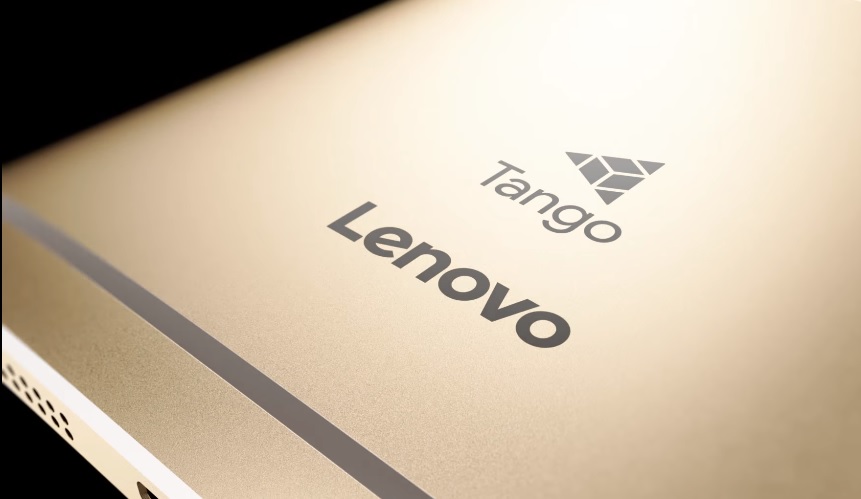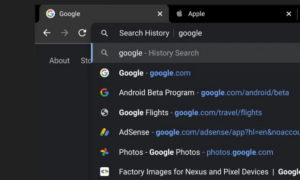Remember Lenovo Phab2 Pro? The 6.4-inch device was the first to come from Lenovo’s hands with augmented reality technology. It was the first serious Project Tango proposal from Google and it got us excited… for about 2 minutes. Soon, talk about Phab2 Pro died down and with it, all excitement regarding Google’s take on AR. Now, the company is finally ready to let go of their failed attempt and focus their efforts on a better AR platform #realitymagic
Google finally admitted Project Tango was going nowhere:
We’re turning down support for Tango on March 1, 2018. Thank you to our incredible community of developers who made such progress with Tango over the last three years. We look forward to continuing the journey with you on ARCore. https://t.co/aYiSUkgyie
— Tango (@projecttango) December 15, 2017
Although they were one of the first companies to realize that augmented reality was a part of the future (Apple is just one of the latest companies to understand that fully), the partnership with Lenovo didn’t pay off. Project Tango relied on multiple cameras and sensors to map 3D areas, as well as large, expensive devices. Phab2 Pro was one of the few that tried to seduce users with its augmented reality capabilities. Alas, it didn’t work so Google gave it another shot.
This time, it’s an improved SDK called ARCore. Similar to Tango, true, but this solution doesn’t require specialized hardware like Tango does. What does it do exactly? “ARCore’s motion tracking technology uses the phone’s camera to identify interesting points, called features, and tracks how those points move over time. With a combination of the movement of these points and readings from the phone’s inertial sensors, ARCore determines both the position and orientation of the phone as it moves through space”, writes Google.
If you’re not interested in the mechanics but in the way this will change your life, Google elaborates: “You can place a napping kitten on the corner of your coffee table, or annotate a painting with biographical information about the artist. […] Motion tracking means that you can move around and view these objects from any angle, and even if you turn around and leave the room, when you come back, the kitten or annotation will be right where you left it.”
Still, as great as the platform is, it’s nothing without creative apps that can put it to good use. Developers, it’s your turn.
Follow TechTheLead on Google News to get the news first.























